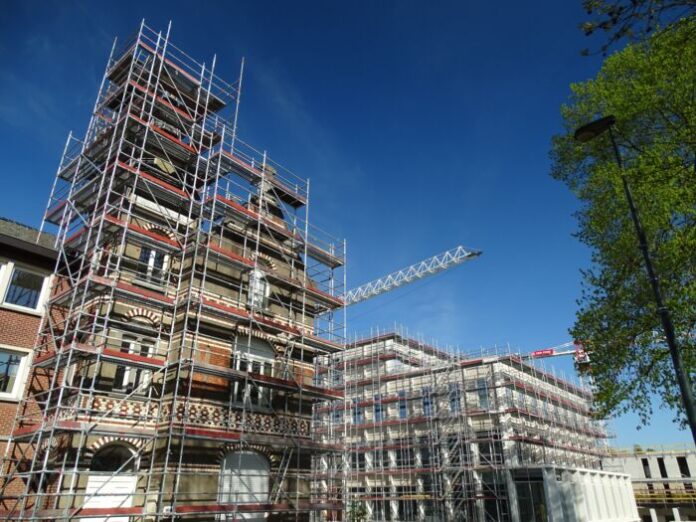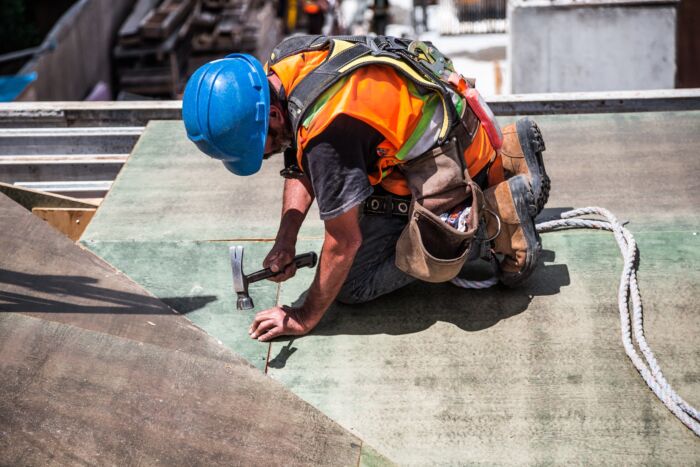
From the analysis on the monitoring of the dynamics of the real estate market according to the energy characteristics of buildings – the result of the collaboration between the Italian National Agency for New Technologies, Energy and Sustainable Economic Development (ENEA), the Institute for Competitiveness (I-Com) and the Italian Federation of Professional Real Estate Agents (FIAIP) – conducted on a sample of over 550 FIAIP professional real estate agents and presented today in Rome, it emerges that the general picture of the market is stable. This is a result perhaps determined in the last months of 2020 by the introduction of the new tax incentives scheme for energy efficiency and anti-seismic interventions in buildings and the 110% Superbonus.
The survey shows that the proportion of properties in energy class G is still the highest in 2020, when the energy quality of buildings has not yet accelerated in line with the outlook indicated by the European Union. Last year, there was a drop in sales accompanied by a partial stop in renovations.The halt came after the acceleration recorded in previous years for those residential and commercial buildings bought and sold, which could already have benefited from the energy retrofit in 2020.
For the new and refurbished segment, there is a substantial consolidation of the figures compared to the year 2019. The proportion of new properties bought and sold in energy classes A1-4 and B almost reached saturation point at 80%. This shows that the legal obligations on minimum standards have had a significant impact on market trends for this type of property. On the other hand, the proportion of energy-efficient properties undergoing renovation and coming onto the market fell slightly from 36% in 2019 to 30% in 2020.
This drop, although not worrying, interrupts the growth recorded in the previous two years in the renovated buildings sector, which is crucial to the issue of energy efficiency in the Italian real estate stock. Renovation represents an important window of opportunity to also affect the energy quality of buildings. Therefore, it will be interesting to monitor these figures during the next years, also considering the possible impact of the 110% Superbonus measures.
The data on the percentage of the most popular buildings and energy classes are very interesting as well. Four classes in terms of energy performance (G-D) cover a percentage ranging from 85% of studio apartments to 74% of terraced houses. The performance of terraced houses (16%) and detached villas (11%) in terms of buildings bought and sold in the top energy classes (A1-A4) stands out. In particular, the figures for terraced houses improve, increasing by 6 percentage points compared to 2019.
The figures for prestige buildings bought and sold in energy classes A1-4 are consolidated, while the figures for semi-central buildings are growing significantly, rising from 5% in 2019 to 11% in 2020.
But what are the possible barriers to an increasing presence of energy-efficient properties on the real estate market? Apart from the structural issues of this market, which are highlighted in the report, it is interesting to note that the financial factor is, in the perception of professional real estate agents, the main obstacle in both absolute terms (willingness to spend, unwillingness to pay a higher cost) and relative terms, i.e. in relation to the balance between costs and benefits.

Among real estate agents, a cautious but positive assessment prevails regarding the effective impact of the 110% Superbonus on the real estate market in 2021. In fact, 36% of the sample claims that the 110% Superbonus has already had an impact on the market, despite its recent adoption, and the remaining 12% considers the impact to be significant.
“The resilience of the real estate market, also in terms of energy efficiency, is a very positive fact if we consider that 2020 was an unusual year, marked by significant setbacks in many economic and social welfare indicators caused by the pandemic. However, if we look at the objectives for energy efficiency in 2030,” stressed I-Com Vice-President Franco D’Amore, “and even more so at the prospect of decarbonising the housing stock in 2050, the figures are largely unsatisfactory. However, the hope is that 2021 could be a turning point, as D’Amore himself pointed out: “The qualification of the real estate demand, the effects of the 110% Superbonus measures and the full entry into force of the regulations on nearly zero emission buildings could be the trigger for a radical leap in the dynamics of the real estate market with respect to the theme of energy efficiency”.
“The report confirms the expectations of operators on the Superbonus for the recovery of the real estate market and, more generally, of the construction sector where the pandemic has blocked the signs of recovery from a crisis that began in 2008. The Italian National Recovery and Resilience Plan goes exactly in this direction with about 15 billion euros planned for energy efficiency and building safety, highlighted Alessandro Federici, Head of ENEA’s Energy Efficiency Policy Monitoring Laboratory. “The fact that we have an already well-known and widely used incentive mechanism such as the Ecobonus, and now the Superbonus, is certainly an advantage over other Member States that do not have similar measures available. This best practice is essential to counteract the immediate impact of the pandemic, which has emerged in recent months at European level, in terms of energy requalification work postponed to future years and with a smaller dedicated budget, or worse, abandoned altogether,” Federici concluded.



































